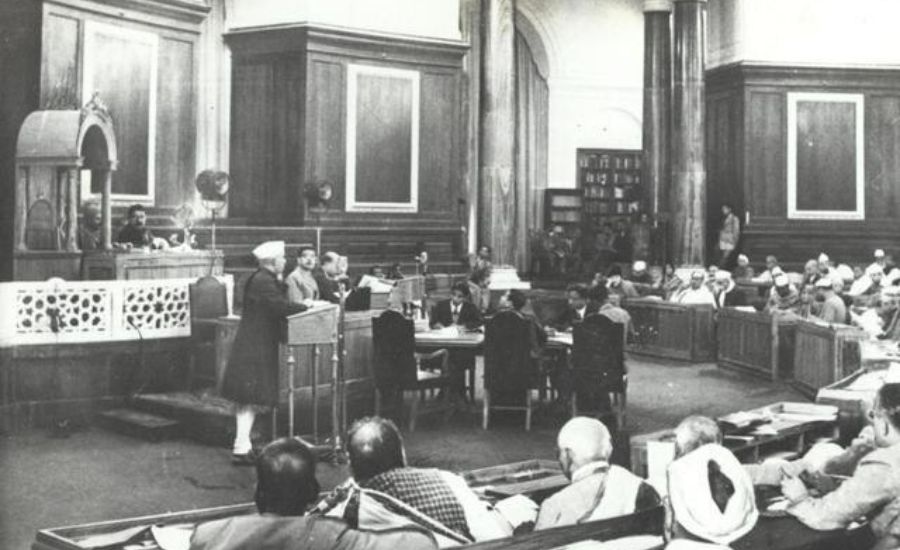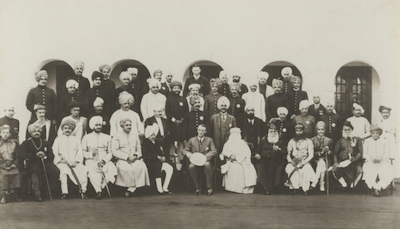
On 28 April 1947, the Constituent Assembly of India reconvened after a 2-month break. This sitting began with eighteen new members presenting their credentials to the Assembly President. In the early stages of constitution-making, fresh faces continued to stream into the Assembly. The new members who joined on this day marked something significant: the participation of the Princely States (henceforth ‘States’) in the Indian constitution-making project.
When the Assembly sat for the first time on 9 December 1946, the States were absent. The States were still reading the political tea leaves of the time. Now that the British left, should they aspire to be independent, or join the Indian Union? And for those States who veered towards joining the Union, questions remained: on what terms should they join the constitution-making process? How many seats would they get in the Assembly?
To settle these issues, the Assembly set up a Negotiating Committee that, as the name suggests, negotiated with the Chamber of Princes – an interest group comprising the States’ representatives. By April, it appears that both parties had broadly come to some agreement. And so on 28 April 1947, States’ representatives began to join the Assembly.

The Assembly President in his opening remarks welcomed the States’ representatives and pointed out that ‘…the tremendous task in which we are engaged requires and expects assistance from all sons and daughters of this country whether they are living in States or in British India and whether they belong to one community or another…’.
The States representatives then took turns addressing their fellow Assembly members. The first was Sir Brojendra Lal Mitter, from the State of Baroda. Mitter said:
‘We, the States, are an integral part of India and we shall share the freedom with British India. We, therefore, want to share the responsibility of framing the Constitution.’
He continued to clarify that the presence of the Princely States in the Constituent Assembly was not by ‘sufferance’ but instead by ‘a right of being Indians’. Mitter reminded the Assembly members that unlike British India provinces that evolved political and administrative uniformity, the story of the States was different: ‘…Some States are as advanced as British India, where the people are associated with the administration. Some are absolute monarchies. Some are feudal and some are primitive…’.
‘We want unity in diversity’ he continued, and urged the Assembly to ‘exercise a little patience’ in the goal of bringing the States under a new constitutional framework.
Next up was K.M. Pannikar, from the State of Bikaner. He reiterated that the States were joining the Assembly on their volition. To those who claimed otherwise, he said:
‘To such precious gentlemen, as would advise us to pause on account of alleged coercion, I have to say clearly and unequivocally that their insinuation is an insult to our intelligence. Are we less patriotic in matters connected with India? Are we less concerned with the future of India that we have to take part in a cause in which it is our right and duty to take part?‘
This sitting of the Assembly was significant as it pretty much signaled the support and participation of the Princely States in the constitution-making process. This was far from a given in the political churning and uncertainty of the 1940s. Indeed, not all Princely States joined on 28 April 1947, but it did set the ball rolling and eventually, almost all Princely States came on board (except those that decided to merge with Pakistan) and actively took part in framing the Constitution of India 1950.
